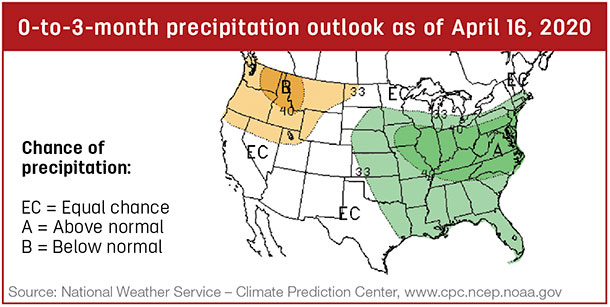Differences in forage quality will have major impacts on animal performance. Energy and protein content are the two portions of forage quality that will be discussed in this article. Energy comes from carbohydrates, fat and even protein compounds. In cattle, energy content of feed is often described in terms of total digestible nutrients (TDN) or calories. It is the component required in the largest quantity for cattle to gain weight. Factors affecting forage quality include:
- Species and cultivar
- Maturity
- Temperature
- Brown midrib trait (BMR)
- Nitrogen fertilizer
- And a few others
Many of the factors listed above are associated with changes in amount, type and location of lignin as well as how lignin is bonded to other components in the plant. Lignin is a polyphenolic compound that helps provide structural support to the plant and has a negative effect on fiber digestibility. Generally, as lignin content increases, plant digestibility decreases. When plant digestibility increases, energy content and TDN values increase.

In general, cool-season forages will be higher in TDN than warm-season forages, and annual forages will be higher in TDN than perennial forages. Additionally, forages grown in arid environments are higher in TDN than forages grown in humid environments.
As plants mature, lignin and fiber deposition increase, and digestibility goes down. A great example of this is in research done in bermudagrass showing that digestibility went from about 65% when hay was cut every three weeks to 58% when it was cut every six weeks.
Regardless of rainfall or irrigation, temperature can have a significant effect on TDN content of forages. Lignin deposition increases as temperature increases. Consequently, hay cut during the summer is often lower in TDN than hay cut in the spring or fall.
The BMR trait can be found in corn, sorghum, sudangrass and pearl millet. Varieties with this trait tend to have higher digestibility, and thus animal performance, than similar varieties without the trait. Research in Amarillo showed an increase in average daily gain (ADG) of about 0.32 pound per day for steers grazing sorghum-sudangrass with the BMR trait.
Crude protein content generally goes up with increased nitrogen fertilizer and reduced maturity. Additionally, in many situations forage will grow faster and produce more yield as nitrogen fertilizer is increased. ![]()

-
Jason Banta
- Associate Professor and Extension Beef Cattle Specialist
- Texas A&M University
- Email Jason Banta








